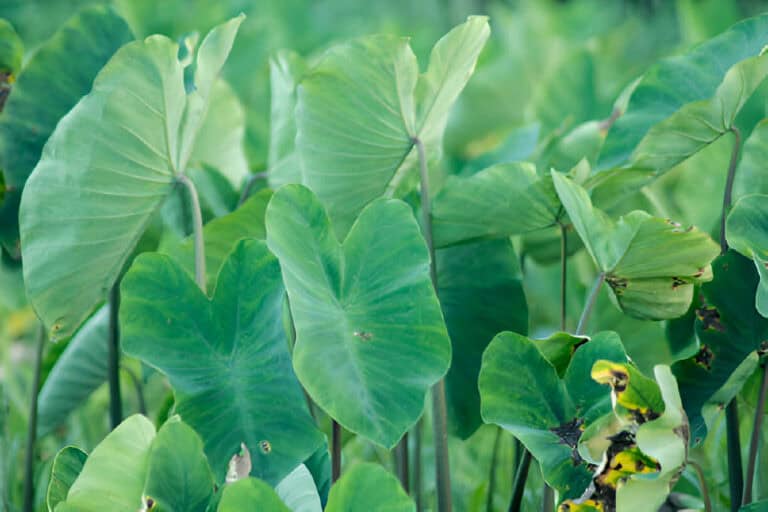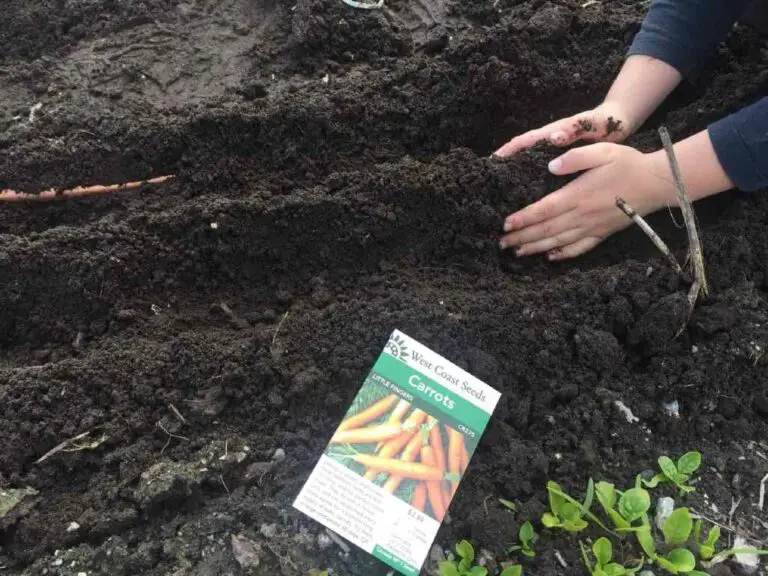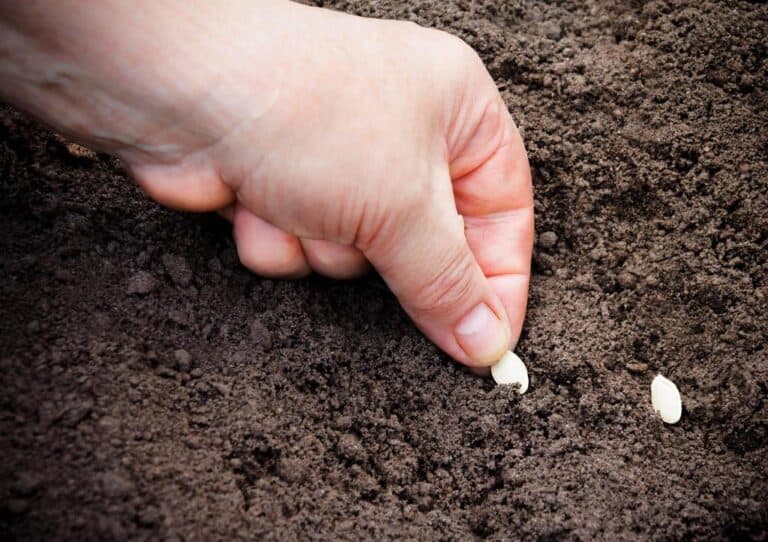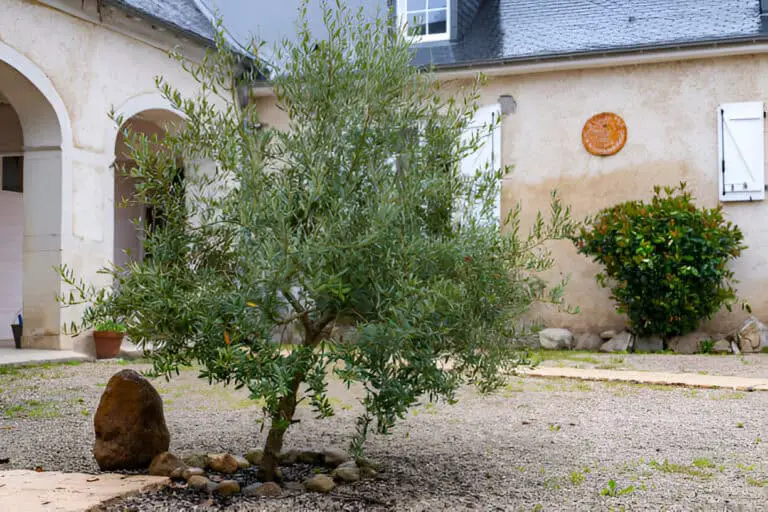Traditional Farming vs Modern Farming: What’s the Difference?
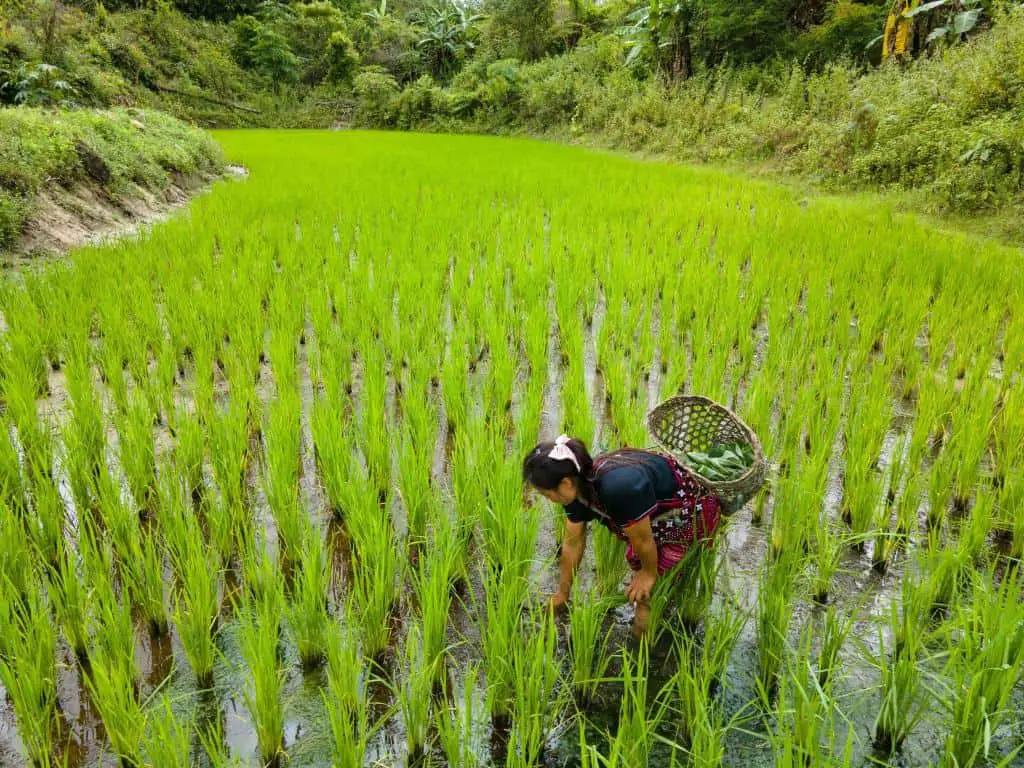
In today’s rapidly evolving world, the agricultural industry plays a crucial role in feeding the growing global population. Farming practices have evolved from traditional to modern and technologically advanced.
But what exactly sets these two farming approaches apart? What’s the difference between traditional farming and modern farming?
This article compares traditional and modern farming and shows how these changes have transformed food production. Beside that, we will cover some characteristics and impacts of environmental and economic factors.
Traditional Farming: A Historical Perspective
Traditional farming has been the backbone of agriculture for centuries. It is relying on age-old techniques that have been passed down through generations. This method emphasizes manual labor and a deep understanding of natural processes.
Farmers using traditional methods work in harmony with nature. They are relying on the seasons and natural rainfall patterns to dictate their farming activities.
Characteristics of Traditional Farming
Here are some key characteristics of traditional farming:
- Subsistence Farming: Traditional farming is often practiced on a small scale and is focused on meeting the needs of the farmer’s family or local community.
- Crop Diversity: Traditional farmers cultivate a wide variety of crops, often employing mixed cropping and crop rotation techniques. This method maintains soil fertility and minimizes pest and disease risks.
- Limited Mechanization: Traditional farming relies heavily on manual labor with minimal use of machinery and technology. Simple tools like hoes, sickles, and plows are commonly used.
- Reliance on Natural Inputs: Traditional farmers rely on natural inputs such as animal manure and compost for fertilization They are also still using traditional pest control methods like companion planting and manual weeding.
- Local Knowledge: Traditional farming practices are rooted in local knowledge and experience. Farmers are passing down their expertise through oral traditions and hands-on training.
Advantages of Traditional Farming
While traditional farming methods may seem less advanced compared to modern techniques, they still offer several advantages:
- Sustainability: Traditional farming practices prioritize the preservation of natural resources. Doing so, they promote sustainable agriculture and the long-term health of ecosystems.
- Preservation of Cultural Heritage: Traditional farming methods often embody cultural traditions and rituals, contributing to the preservation of cultural diversity and local identity.
- Community Engagement: Traditional farming is deeply ingrained in local communities, fostering a sense of community and cooperation.
Modern Farming: Harnessing Technology for Efficiency
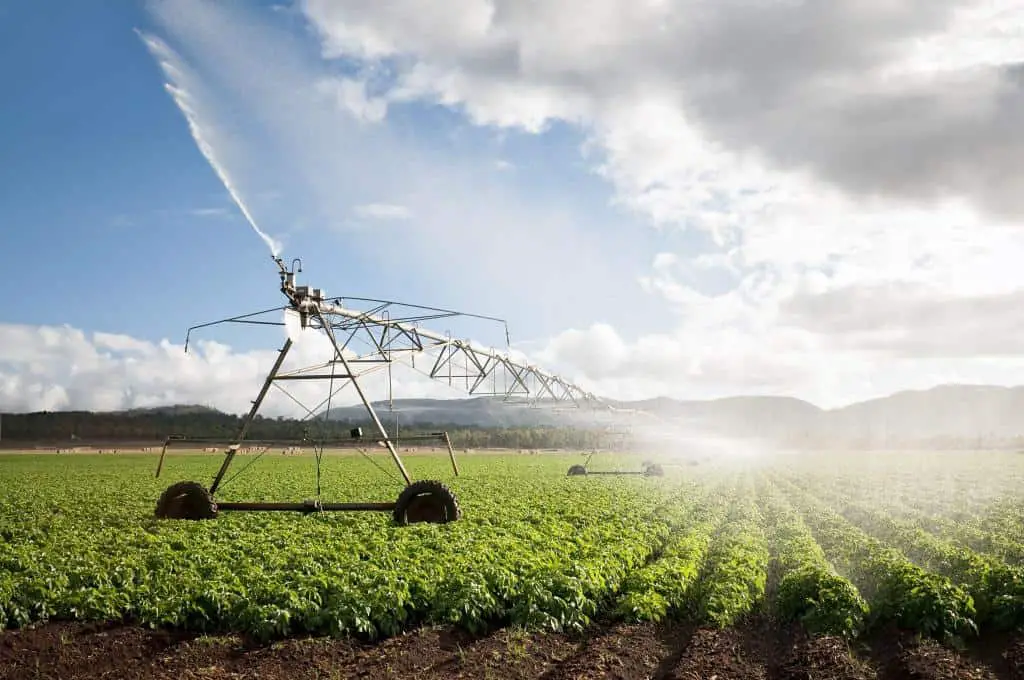
Modern farming, also known as industrial or commercial farming, has emerged as a response to the increasing demands of a rapidly growing population. This approach leverages technological advancements to maximize productivity, efficiency, and profitability. Modern farming methods aim to produce larger quantities of crops and livestock in a shorter time, using fewer resources.
Characteristics of Modern Farming
Let’s explore the key characteristics that define modern farming:
- Large-scale Operations: Modern farming is often carried out on large-scale commercial farms. By doing so, allowing for the cultivation of vast areas of land and the production of high volumes of crops or livestock.
- Specialization: Modern farmers tend to specialize in specific crops or livestock. Their focus are on maximizing yields and optimizing production systems.
- Mechanization and Automation: Modern farming heavily relies on machinery, automation, and advanced technologies. Tractors, combine harvesters, irrigation systems, and milking machines are common examples.
- Chemical Inputs: Modern farmers use synthetic fertilizers, pesticides, and herbicides to enhance crop growth and protect against pests and diseases.
- Genetic Engineering: Modern farming incorporates genetic engineering techniques to develop genetically modified crops and livestock with desired traits, such as disease resistance or increased productivity.
- Precision Agriculture: Modern farming employs precision agriculture techniques, utilizing sensors, GPS systems, and data analytics to optimize irrigation, fertilizer application, and pest control.
- Global Market Orientation: Modern farming is often focused on producing crops and livestock for the global market. The emphasis is on meeting the demands of consumers worldwide and ensuring a consistent and efficient supply chain.
Advantages of Modern Farming
Modern farming methods have brought several benefits to the agricultural industry:
- Increased Productivity: Modern farming techniques, including mechanization and genetic engineering, have significantly increased crop yields and livestock production. It helps to meet the demands of a growing population.
- Efficiency: Modern farming reduces labor and increases productivity by using advanced machinery and automation.
- Consistency and Quality: Modern farming practices ensure consistent crop quality and uniformity, meeting the strict standards of global markets.
- Economic Prosperity: The adoption of modern farming techniques has led to increased profitability for farmers, contributing to economic growth in rural communities.
- Food Security: Modern farming’s higher yields help ensure food security, especially in densely populated areas.
A Comparison: Traditional Farming vs Modern Farming
Let’s compare traditional and modern farming in several key areas to understand the differences:
| Aspects | Traditional Farming | Modern Farming |
| Scale | Small-scale, often subsistence farming | Large-scale commercial farming |
| Inputs | Reliance on natural inputs like animal manure and compost | Use of synthetic fertilizers, pesticides, and herbicides |
| Labor | Primarily manual labor, minimal use of machinery | Heavy reliance on machinery and automation |
| Crop Diversity | Cultivation of a wide variety of crops with mixed cropping | Specialization in specific crops, focusing on maximum yields |
| Technology | Limited use of advanced technology | Extensive use of precision agriculture and genetic engineering |
| Environmental Impact | Promotes sustainability and preservation of natural resources | Potential for environmental concerns due to chemical inputs and large-scale operations |
| Market Orientation | Local community-focused | Global market-oriented, meeting global consumer demands |
Traditional and modern farming have their pros and cons, but farming practices are always changing.
Sustainable farming methods that combine traditional and modern methods have grown in popularity. This includes using technology and science while prioritizing environmental stewardship and community engagement.
Environmental Impact: Traditional Farming vs. Modern Farming
Traditional farming practices have often resulted in adverse environmental consequences. Soil erosion and degradation are common due to inappropriate land management. Deforestation and habitat destruction occur as farmers expand their land for cultivation.
Water pollution and depletion are also concerns due to inefficient water usage and inadequate waste management. Moreover, traditional farming practices can negatively impact biodiversity.
Modern farming’s environmental impact arises from intensive land use and monoculture practices. The use of synthetic fertilizers and pesticides contributes to soil degradation and water contamination. Genetic modification, while increasing yields, raises concerns about the long-term effects on ecosystems and biodiversity.
Economic Factors: Traditional Farming vs. Modern Farming
Traditional farming often operates on a subsistence level, providing self-sufficiency for farmers and their communities. However, in a globalized market, traditional farmers face challenges competing with larger-scale operations.
The economic viability of traditional farming can be limited due to smaller production quantities and a lack of access to markets and resources.
Modern farming has commercialized agriculture, emphasizing economies of scale. It enables increased food production to meet growing global demand. By embracing modern techniques and technologies, farmers can tap into global trade opportunities. However, there are concerns about the impact of modern farming practices on employment and labor dynamics in rural areas.
Is Traditional Farming Still Practiced Today?
It is reasonable to question whether traditional farming practices are still in use in today’s world of rapid technological advancements and modern farming practices dominance. The answer is a resounding yes.
Although modern farming techniques have gained prominence, traditional farming continues to thrive. Although in smaller pockets and among communities that value its inherent connection to heritage and sustainable practices.
In many regions around the globe, traditional farming remains deeply rooted in the cultural fabric of communities. It honors generations of wisdom and preserves centuries-old techniques.
People and communities that respect the land, environment, and their ancestors often follow these traditional farming practices.
One of the key reasons traditional farming persists is its emphasis on sustainability. Traditional farming values natural resource conservation, unlike modern farming, which uses synthetic inputs and intensive methods.
Farmers who practice traditional methods understand the delicate balance between human activities and the ecosystem. They use techniques such as crop rotation, mixed cropping, and organic fertilizers to maintain soil fertility, minimize the use of chemicals, and reduce the impact on the environment.


